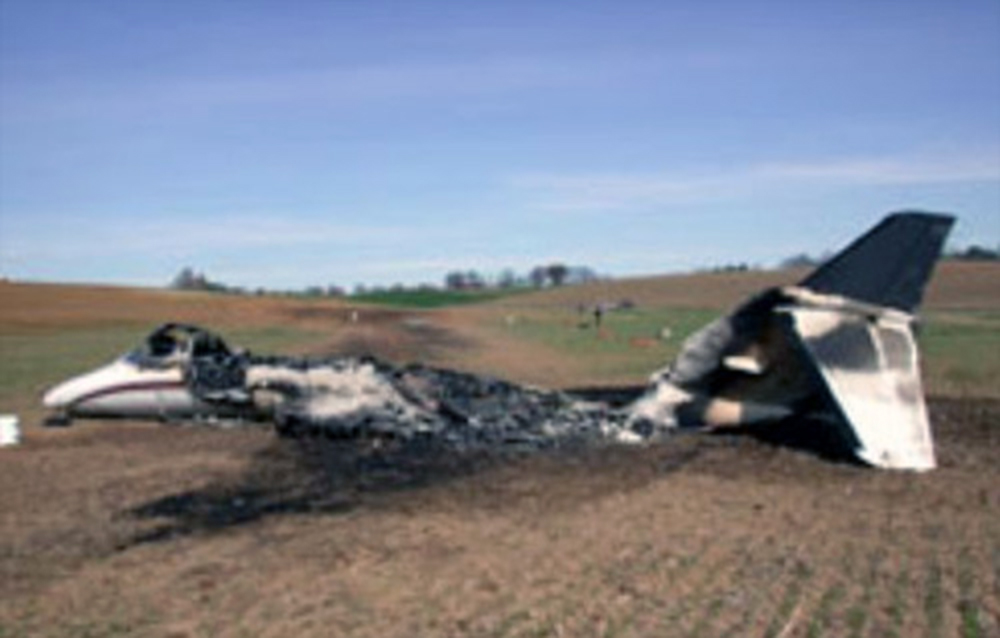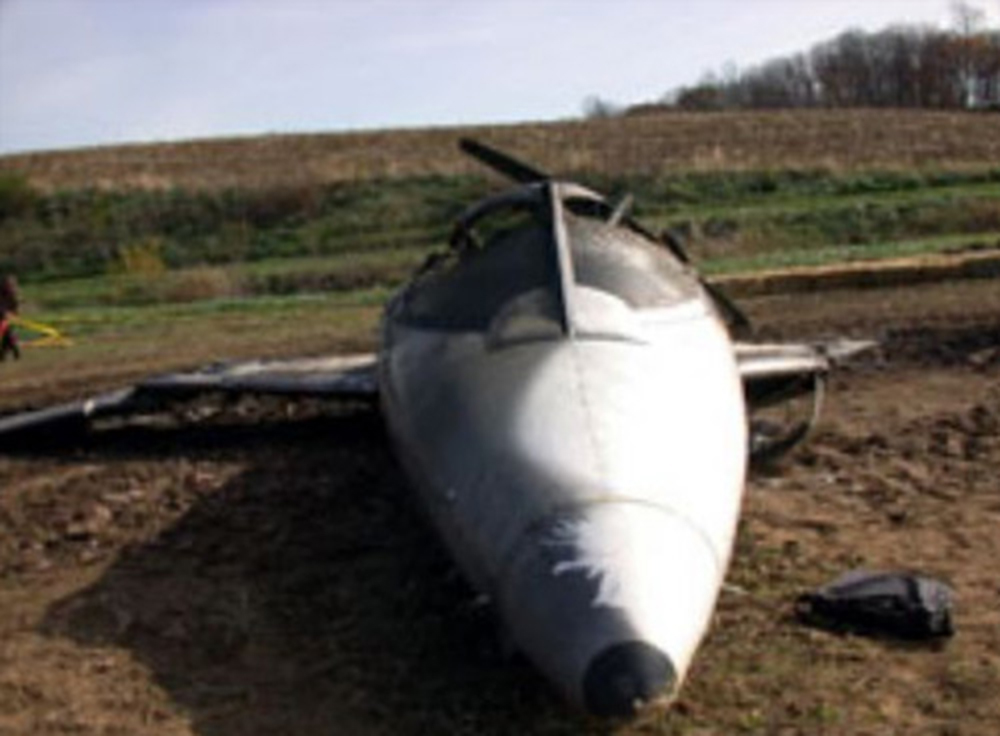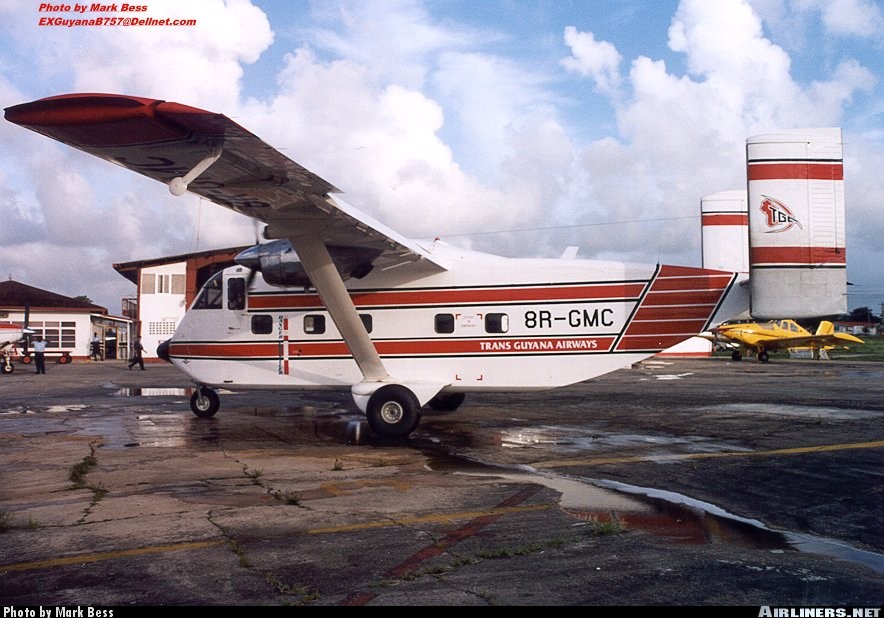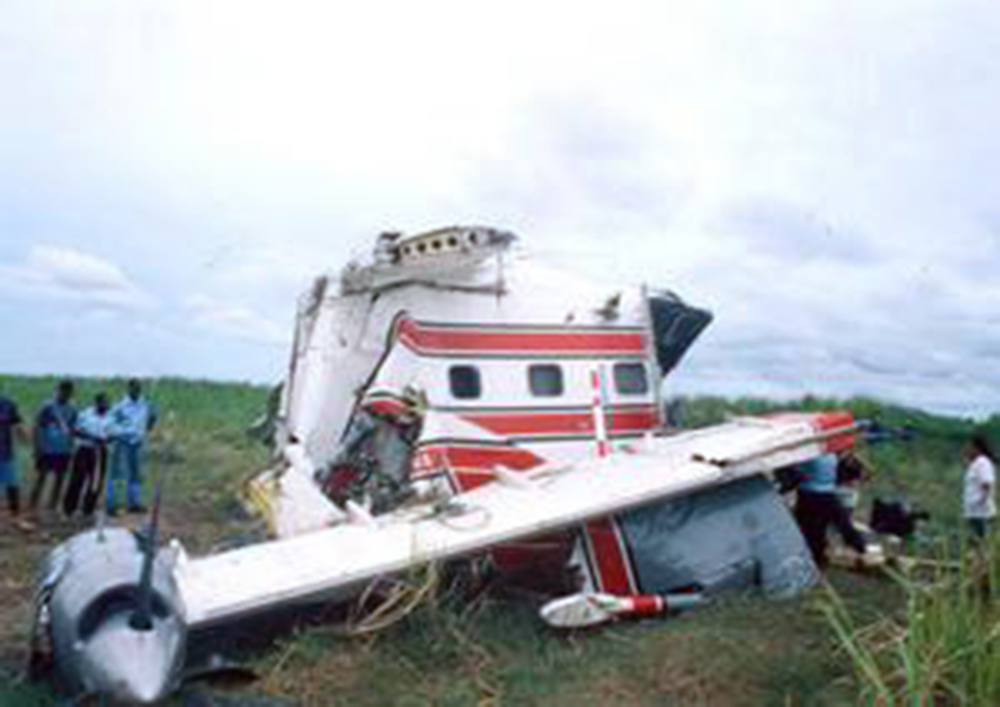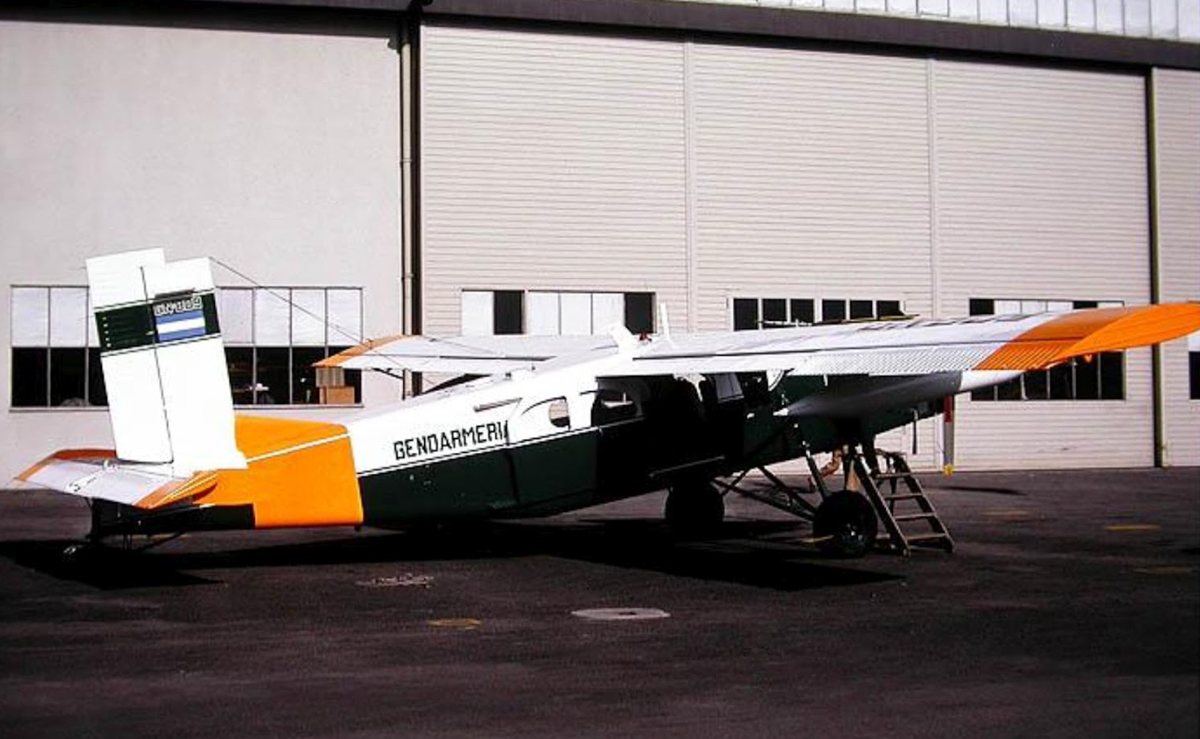Crash of an Antonov AN-26 in Boende: 33 killed
Date & Time:
Nov 29, 2003 at 1516 LT
Registration:
9T-TAD
Survivors:
Yes
Schedule:
Boende – Kinshasa
Crew on board:
6
Crew fatalities:
Pax on board:
18
Pax fatalities:
Other fatalities:
Total fatalities:
33
Circumstances:
The aircraft was completing a flight from Boende to Kinshasa, carrying 18 passengers, six crew members and a load of 672 kilos of various goods. During the takeoff roll, the captain decided to abandon the procedure and returned to the parking. A second attempt to takeoff was initiated few minutes later. During the takeoff run, at high speed, a tyre burst. The captain rejected takeoff but the aircraft was unable to stop within the remaining distance (the runway is 1,400 metres long). It overran, struck a fence and eventually crashed in a local market. All six crew members and 14 passengers were killed as well as 13 people on the ground. Four passengers and six people on the ground suffered injuries of various degrees.



